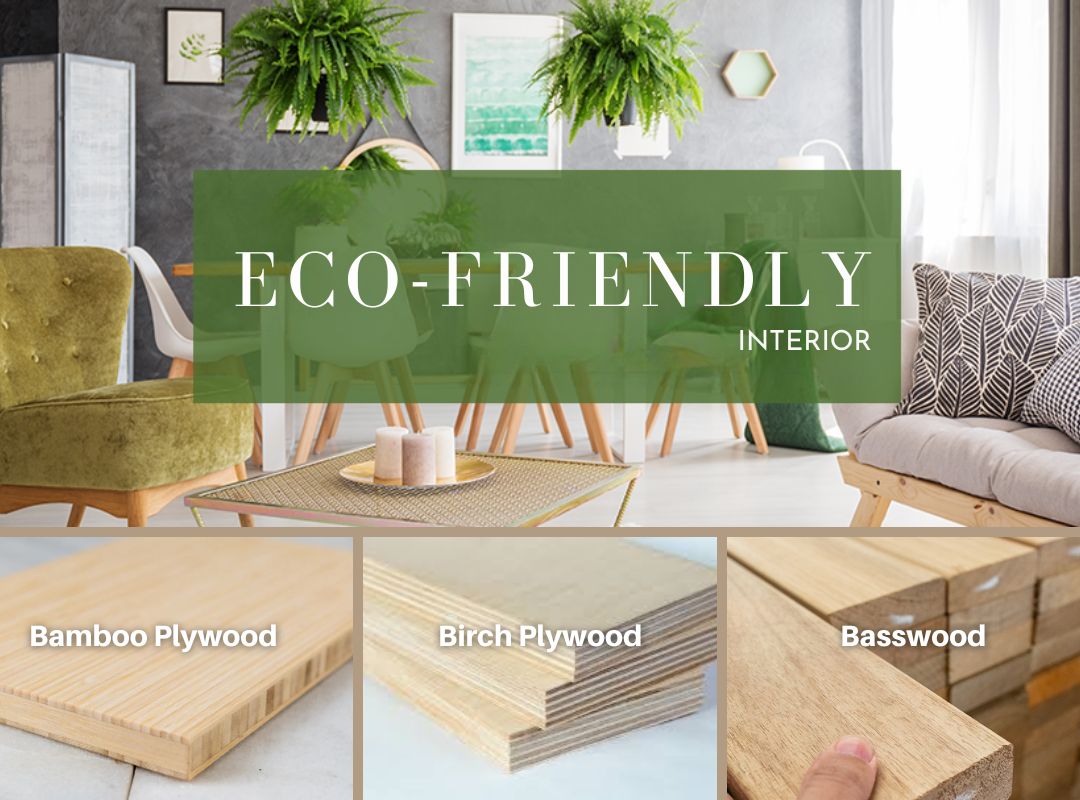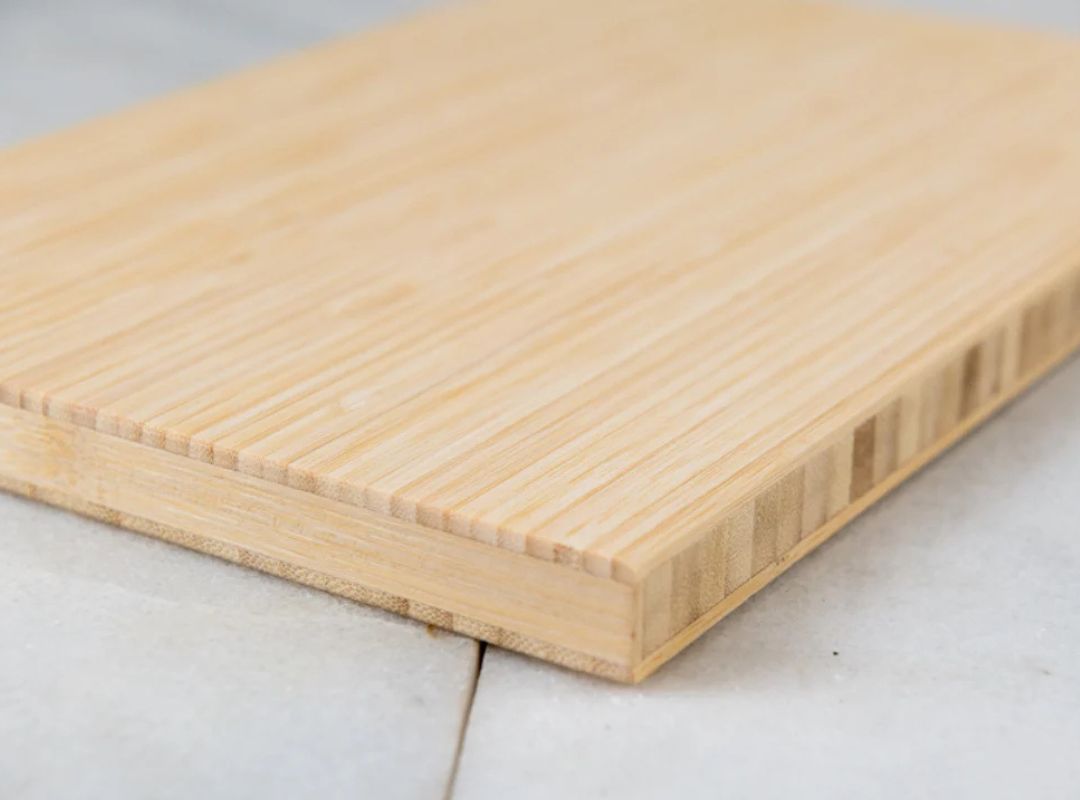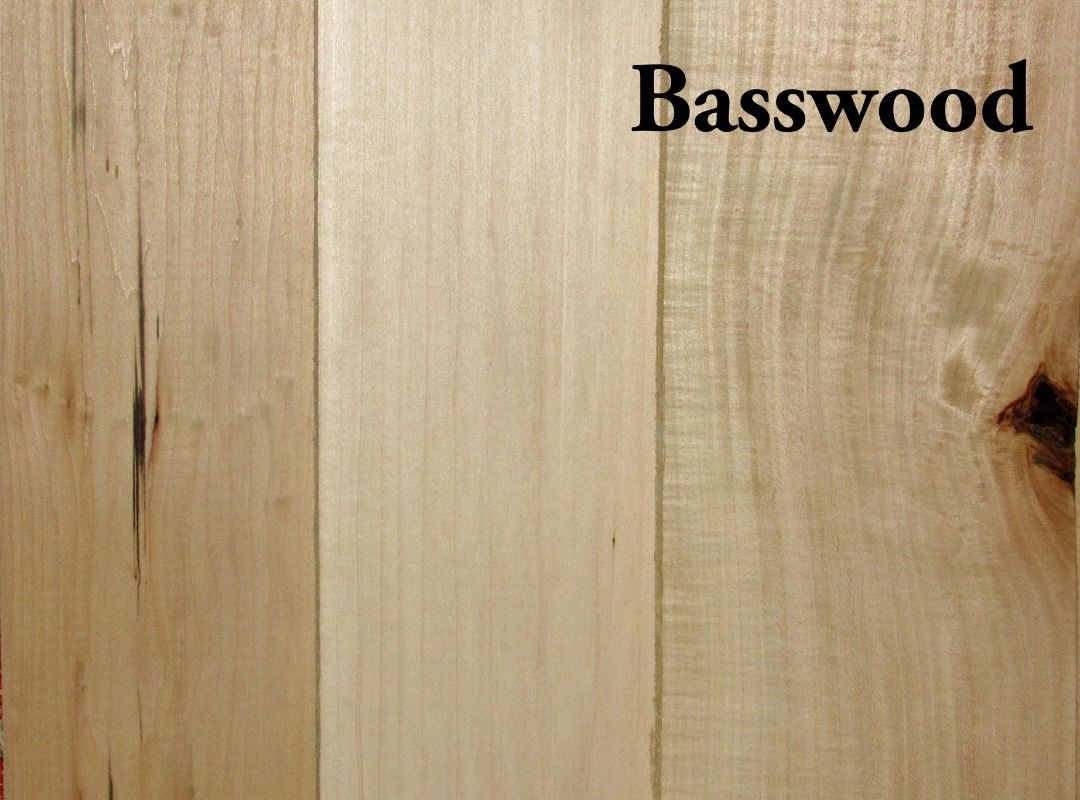-
-
-
Total payment:
-

Birch Plywood Bunnings vs Bamboo & Basswood – What’s Best for Sustainable Interiors?
Posted by Thanh Uyên at 25/07/2025

As sustainability becomes more than just a buzzword in modern design, the materials we use in our homes matter more than ever. Across the United States and Europe, consumers and designers alike are rethinking their choices—from finishes and textiles to the core construction of furniture and cabinetry. Among the most talked-about wood products are birch plywood (especially from Bunnings), bamboo plywood, and basswood. But how do they compare when it comes to environmental impact, aesthetics, performance, and availability?
In this article, we’ll explore how these three popular wood materials stack up in the realm of eco-conscious interiors, and which one makes the best choice depending on your needs and values.
Understanding the Materials
Before we compare, let’s define each wood type:
- Birch Plywood is a multi-layered sheet product made from thin birch veneers, typically harvested from fast-growing Northern European or Baltic forests. Bunnings, a well-known retailer in Australia and globally, offers birch plywood as part of its sustainable and budget-conscious range.
- Bamboo Plywood is made by bonding thin strips of bamboo together. Bamboo grows extremely quickly up to a meter per day making it one of the most renewable building materials available.
- Basswood is a soft hardwood known for its fine grain and light color. It’s often used in carving, paneling, or lightweight furniture due to its workability.
Sustainability and Environmental Impact
From an ecological perspective, bamboo plywood often leads the conversation. As a grass, bamboo regenerates rapidly without needing to be replanted, and it requires fewer pesticides and water than most trees. It absorbs carbon dioxide at a higher rate and releases more oxygen than equivalent tree species. These characteristics make bamboo one of the most sustainable materials in global forestry.
However, birch plywood particularly when FSC-certified still holds strong appeal in Europe and the US. When sourced responsibly from managed forests in countries like Finland, Latvia, or Russia, birch grows relatively quickly and is part of well-established replanting programs. Moreover, birch plywood’s longevity means that products last longer, reducing the need for replacements and conserving materials in the long run.
Basswood, while not as fast-growing as bamboo or as structurally engineered as plywood, is often cultivated in North America and Europe with minimal transportation impact. Its light weight makes it more efficient to ship than denser hardwoods, and it’s generally used in small-scale applications, which limits overharvesting.

Durability and Practical Use in Interiors
For furniture and cabinetry, durability is key. Here, birch plywood shines. Its cross-laminated construction gives it excellent stability, high screw-holding capacity, and resistance to warping. This makes birch plywood a go-to material for structural furniture, kitchen cabinets, wall panels, and more. The Bunnings line, while targeted more toward DIY users, still maintains solid performance benchmarks.
Bamboo plywood, while strong, tends to be slightly more brittle than birch and can split at the edges if not handled correctly. However, it’s exceptionally hard often compared to maple or oak and resists wear and scratches. This makes it suitable for flooring, countertops, or decorative wall panels in eco-conscious interior spaces.
Basswood, in contrast, is not a structural wood. It is softer and more prone to dents and marks. Its real advantage lies in ease of cutting, carving, and shaping, which makes it perfect for custom moldings, art panels, lightweight shelving, or acoustic panel systems. While it’s not ideal for kitchen cabinets, it plays a valuable role in the finishing layer of many interiors.
Aesthetic Versatility
Aesthetically, all three woods offer unique strengths.
Birch plywood features a consistent pale appearance with subtle grain patterns that can blend into minimalist or Scandinavian design. It takes stains and finishes well but is often left natural to highlight its clean, modern look. Many European interiors embrace exposed plywood edges as part of their design identity.
Bamboo plywood offers a more dramatic appearance, with vertical or horizontal grain options and warm golden or caramel tones. It brings a sense of organic luxury, making it popular in contemporary and Asian-inspired interiors. Its visual uniformity adds calmness to modern spaces.
Basswood has an almost creamy hue, which pairs beautifully with white, grey, or pastel palettes. Because it’s light and neutral, it allows other elements of the room to shine. Designers often use basswood for subtle trim work or to create contrast with darker flooring or furniture.

(Bamboo Plywood - TT Plywood)
Workability and Installation
In terms of machinability, basswood is the easiest to work with. Carvers and DIY enthusiasts love how soft it is under tools. It sands easily, glues well, and rarely splits when nailed or screwed.
Birch plywood, being denser and cross-grained, requires sharper tools and more effort but rewards users with clean cuts and strong joints. It can be laser-cut for precision joinery, which is often used in European modular furniture production.
Bamboo plywood is harder and can be challenging to cut without special blades. It may dull tools quickly but performs well under CNC routing and modern woodworking equipment. Installers should take care during edge finishing, as bamboo can chip.
Cost and Availability in EU and US Markets
MDF and low-grade plywood may still dominate the budget sector, but birch plywood from Bunnings or similar suppliers strikes a balance between affordability and quality. In the EU, Baltic birch plywood is widely available and competitively priced.
Bamboo plywood, while dropping in price as production scales globally, remains a premium product. Shipping from Asia increases costs in Europe and the US, though some American manufacturers have begun processing bamboo domestically, especially in California and Oregon.
Basswood is relatively inexpensive for non-structural use and widely available across North America and parts of central Europe. It's especially popular among craftspeople and small furniture studios.

(Basswood - TT Plywood)
Which One Should You Choose for Sustainable Interiors?
The answer depends on your goals.
- Choose bamboo plywood if your priority is environmental sustainability and a sleek, modern aesthetic. It’s perfect for flooring, countertops, and accent walls in eco-certified buildings.
- Choose birch plywood if you need structural integrity, long-term durability, and a clean, modern look. It's ideal for cabinetry, storage, and modular furniture.
- Choose basswood for custom work, lightweight applications, or decorative features that need a soft touch and neutral finish.
Final Thoughts
Sustainability isn’t just about materials, it’s about choosing the right product for the right purpose. Whether you're designing a minimalist kitchen in Berlin, an eco-home in California, or a small loft in Amsterdam, understanding your material options is key.
In the growing movement toward greener living, birch plywood, bamboo plywood, and basswood all offer valuable solutions. The key is matching their characteristics to your project's function, aesthetic, and sustainability goals.
Want More Material Insights?
At TT Plywood, we provide expert guidance on choosing the right wood products for sustainable interiors. Whether you're sourcing FSC-certified birch plywood or exploring bamboo panel options, we’re here to help.
👉 Visit our website
📩 Request a sample or quotation today. Sustainable interiors start with smart choices.
Frequently Asked Questions (FAQ)
1. Which material is more eco-friendly: birch plywood, bamboo, or basswood?
Bamboo plywood is generally considered the most eco-friendly due to bamboo’s fast regrowth cycle and low environmental impact. However, FSC-certified birch plywood and locally sourced basswood are also sustainable choices when responsibly harvested.
2. Is birch plywood from Bunnings high quality?
Yes, birch plywood from Bunnings is a reliable option for many interior applications. While it may not match the premium Baltic birch used in European furniture manufacturing, it offers good value for DIYers and contractors seeking stable, durable panels.
3. Can bamboo plywood be used for kitchen cabinets?
Yes, bamboo plywood is suitable for kitchen cabinets thanks to its hardness and resistance to wear. However, proper sealing and edge treatment are important, as bamboo can chip if not handled correctly.
4. Is basswood strong enough for furniture?
Basswood is a soft hardwood, so it’s not ideal for structural furniture. It's better used in lightweight components, decorative panels, and moldings rather than load-bearing frames or cabinetry boxes.










